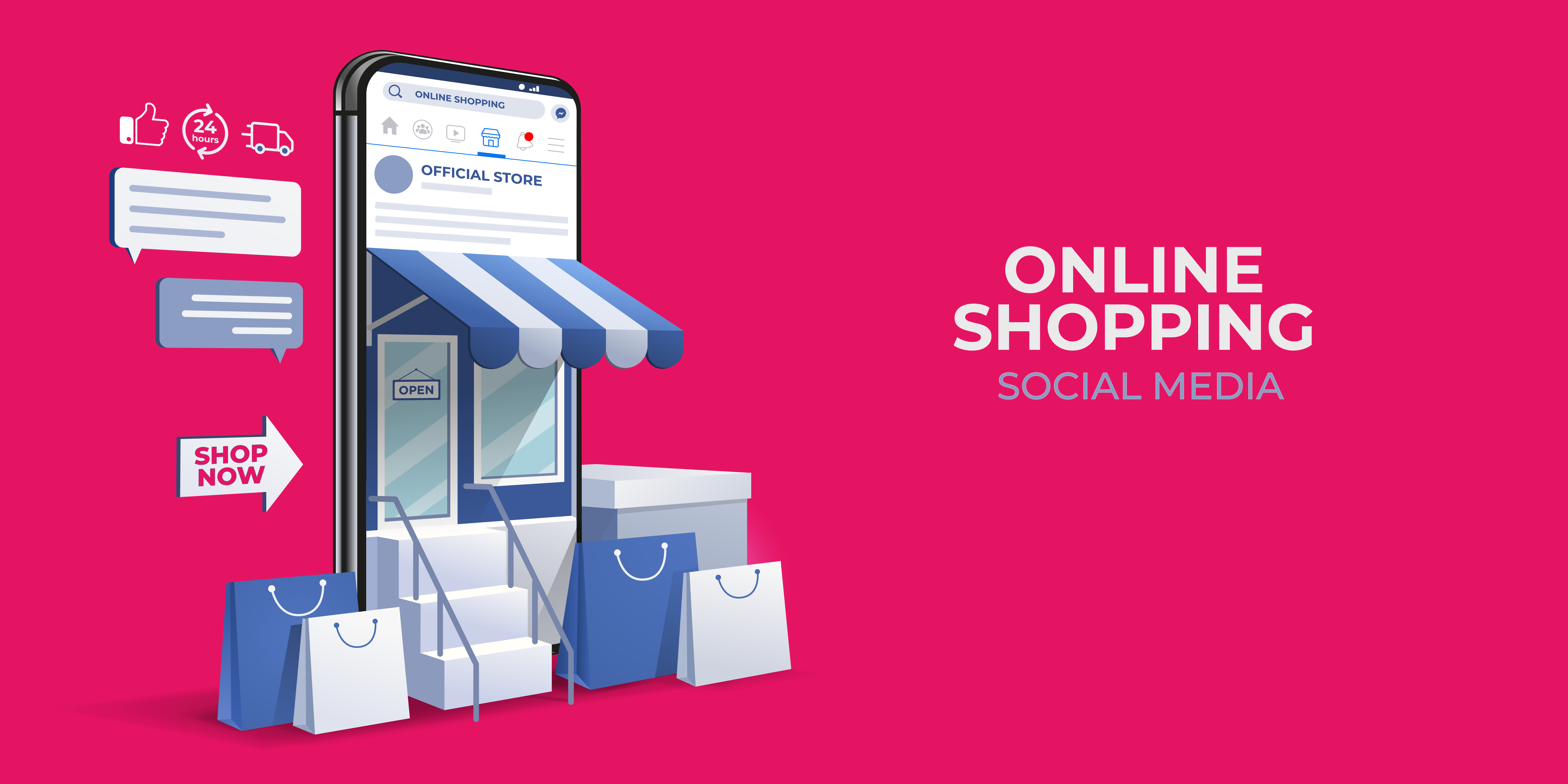The Rise of Social Commerce
Social commerce is one of the hottest trends in social media today, and it’s got even stronger in since 2020. Here’s what you need to know.
Especially for something as fast-changing as social media, it’s almost impossible to predict the future. However, if you look at today’s trends and the latest buzz, you’ll start to see the signs.
Today, social commerce is hot.
In this article, you’ll learn what social commerce is, how it works, and how you can use it to benefit both your brand and your business.
Social commerce – what does it mean?
Social commerce involves selling products directly through social media platforms.
This is not the same as social media marketing, where you drive referral traffic from social media sites to a website or online store. Using social commerce, the store – the entire shopping experience – takes place on a social media site without the customer leaving it.
So what’s the deal with social commerce?
As you might imagine, there are tons of advantages to this. We’ve streamlined things like chatbot checkouts and auto filling payment and shipping details, so you don’t have to think about it. In traditional e-commerce, you click and tap more than you do with social commerce.
In terms of efficiency, social commerce purchases outperform e-commerce purchases. There’s a really informative blog post on BigCommerce about this.
Now, let’s talk about the state of social commerce today
What does social commerce look like on Instagram, Facebook, and Pinterest?
Instagram, Pinterest, and Facebook are the major players in social commerce. Let’s start with Instagram. According to Facebook data, 70% of shoppers use Instagram to discover products.
It is quite easy and smooth for businesses to create an entire store within Facebook. Start by selecting the Shopping template on your Facebook page, then click the Shop tab on your Page, then click Go to Commerce Manager. You can complete a few sign up steps here and then upload your product catalogue to your Facebook shop. Imagine you have an online store and a traditional website that attracts 10,000 daily visitors. Twenty-five percent of those visitors give you their email addresses, and twenty-five percent open your emails. Three percent of those who click on the link in the email actually make a purchase. Five percent of people who open the email click on the link in it. Out of 10,000 visitors, one purchase was made. Comparing that to what might have happened if social commerce had been in place. Consider a messenger chatbot, for instance. Suppose 10,000 people visit the chatbot. You can message 99% of that group, and the response rate for chatbots is high, around 75%. Let’s estimate, from the group that opens and sees your message, that 48% clicks through, and 1% purchases. Compared to the website example, that’s a total of 35 purchases.
There are lots of things you can do from here, such as:
- Update product information and add the latest products
- Sell directly from your page
- Manage orders and delivery
- Advertise these products on Facebook.
Businesses can also use Pinterest for social commerce, with new features being added all the time.
In its first six months, there were over 60 million buyable pins, four years ago now. Various commerce features have been added since then. Recent additions are:
- Shop the Look highlights the items in a photo that are for sale.
- Catalogues, which allow you to upload an entire product catalogue for Pinterest
Starting a Social Commerce Business: Top Tips
- Choose the best, least expensive products
- Invest in the right tools
- Promote your products and partner with influencers
- Measure your strategy
For the best Omnichannel support for your eCommerce store, please feel free to contact the OBM team.


